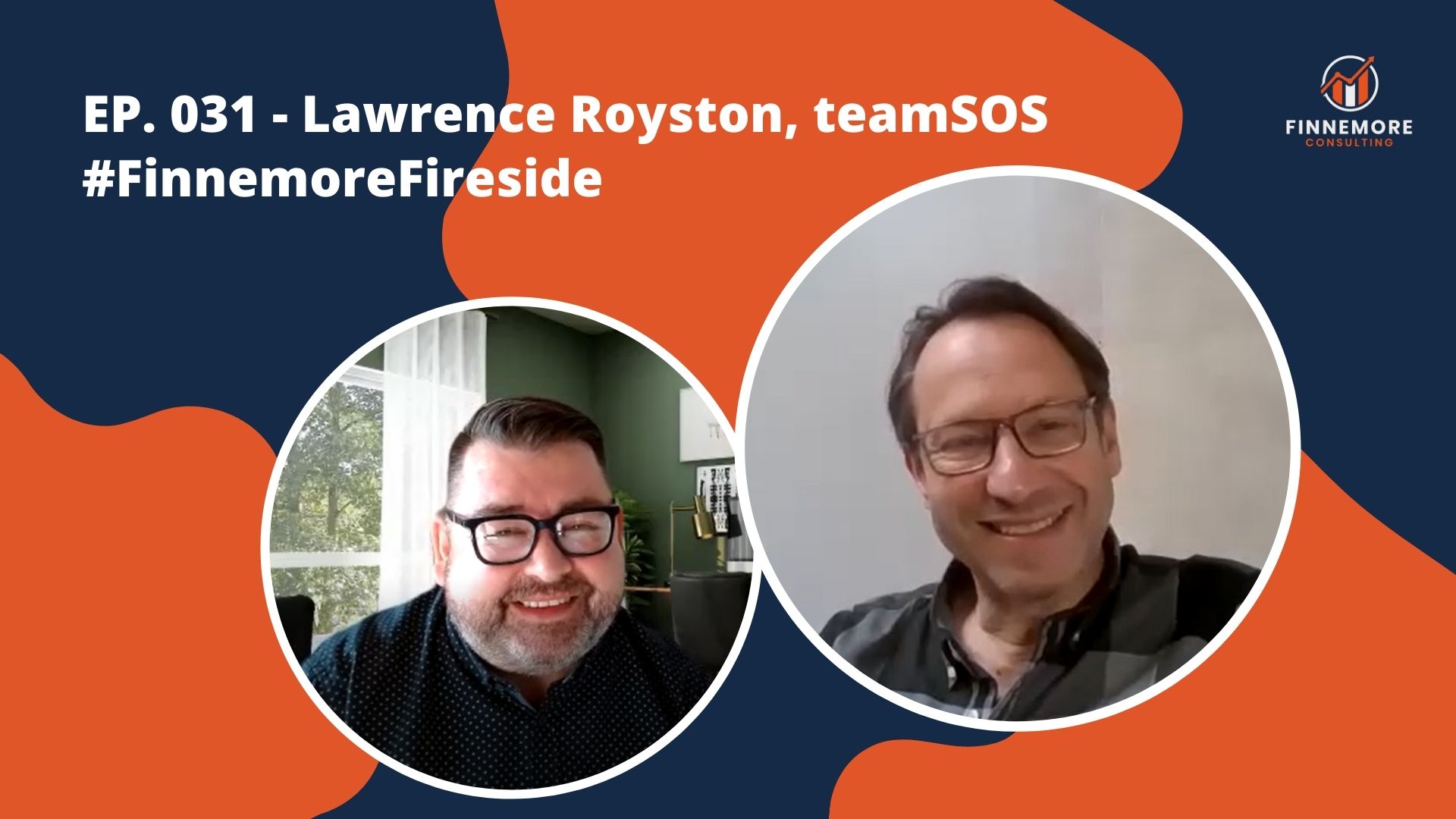The number of schools switching MIS is at an all-time high and this trend looks set to continue (check out this previous blog for the reasons why and the movement we can expect to see in the future).
As schools are taking on new MIS all the time, it’s important for all suppliers of all school management software – be that the MIS itself or any one of the hundreds of products which sit alongside it – to understand what’s most important to schools when looking at alternatives.
In Spring 2021, The Key sent a survey to all primary, secondary, special schools and pupil referral units in England on the subject of MIS which produced some fascinating insights, including (amongst other things):
- What’s most important to schools when looking for an MIS, and how likely are they to move supplier
- How effective are MIS at saving schools time, and how well are schools supported
- How intuitive are MIS solutions for new users, and do they give schools the right tools for the job in terms of collaboration and data?
The Key sent out a similar survey in Spring 2022 so, using these results, we’ve been able to compare how opinions on MIS have changed and gain some insight into what schools might do in the future.
What it is that schools look for in a new MIS: what’s most important to them?
The surveys asked schools across England to prioritise what they felt was the most important factor in terms of price, support, functionality, integration, partnership and reputation when looking for a new supplier. The results are outlined below:

As you can see, the trend of what’s most important to schools is broadly unchanged but there are a couple of notable things here:
- Even in a world of huge budgetary pressure on schools, price has not scored as highly as last year. It’s still the second most important factor, but it’s interesting to see that functionality has not only remained the most important factor by far, but the percentage has increased too.
- Being a trusted procurement partner has become more important and has (only just!) overtaken reputation in terms of importance. This could well be a reflection of the way in which MATs prefer to work, as they often use trusted procurement partners to help select their school management software and technology. There are also a number of frameworks in place to help schools and MATs through the procurement process e.g. G-cloud, Everything ICT
How satisfied are schools with their MIS compared to last year?
In both 2021 and 2022, the survey asked respondents to rate how satisfied they were with their MIS, on a scale of 1-10 with 1 being extremely dissatisfied and 10 being extremely satisfied. This graph shows that there are actually fewer schools towards the ‘Extremely satisfied’ end of the chart, and more are rating their satisfaction at 5 or lower (You can find the full results plus analysis by supplier on The Key’s blog here).

What could be causing schools to report that they are less satisfied than last year? There are a few possible explanations:
- Given so many schools have moved or are on the move at the moment, it’s likely that a number of respondents are in the MIS transition period which is always the most nerve-wracking time where the least satisfaction is felt.
- It’s possible that schools are feeling unhappy with their existing supplier if the contract and support terms have changed as this often puts them under pressure.
But it may be that this is an accurate reflection of how schools are feeling about MIS in the current environment, in which case it’s all suppliers should take note!
Ultimately, if schools are citing functionality as the main thing they look for in a new MIS, how confident are MIS suppliers that their functionality is truly meeting the needs of schools? Aside from the basics, what makes one stand out from the other?
What do you think users are looking for in their MIS?



